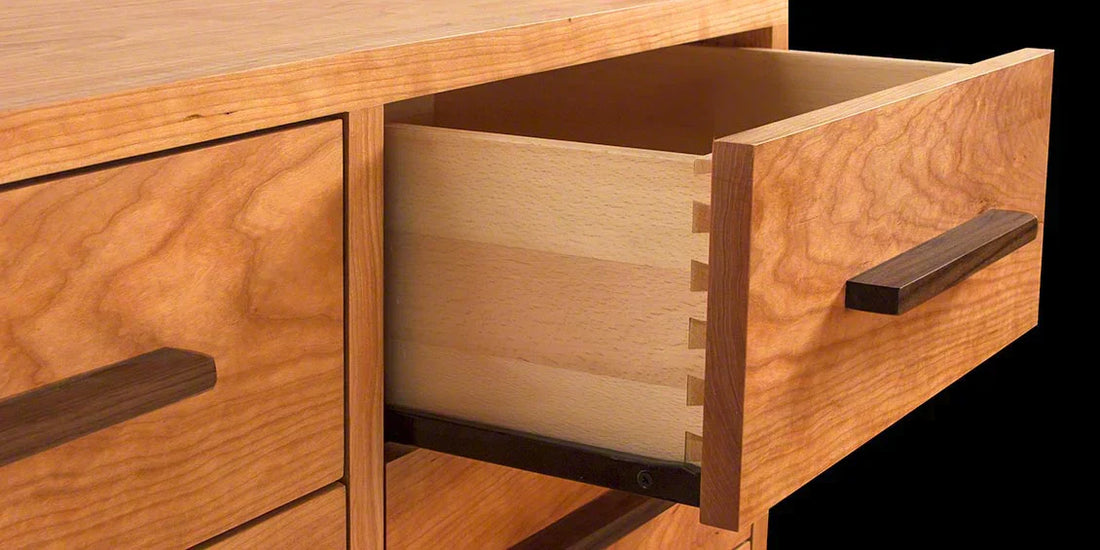Whether you’re looking to refinish a well-loved piece or are buying new, selecting the right wood finish will help preserve the piece and achieve the look you’re going for. While there are many different options for wood finishes, today we’ll be diving into the pros and cons of Danish Oil and Linseed Oil to help you make an informed decision.
Linseed Oil

Linseed Oil imparts a matte finish that preserves the wood's natural appearance, allowing the grain and color to shine through. It’s known for its deep penetration into wood, offering excellent protection and enhancing the overall style.
Whether you're working on indoor or outdoor projects, Linseed Oil is a reliable option, though it may require more regular maintenance compared to other finishes.
Composition
Linseed Oil is derived from flax seeds and is available in raw or boiled forms. Boiled Linseed Oil contains drying agents that speed up curing.
Appearance
Linseed Oil enhances the wood's grain and color with a warm, matte finish. Unlike Danish Oil, it doesn’t leave a glossy sheen—ideal for a natural look.
Application
Apply by brushing or wiping. It penetrates deeply, providing excellent protection.
Durability
Boiled Linseed Oil protects against moisture and works for indoor and outdoor use, but may need more frequent reapplication than Danish Oil.
Maintenance
Regular reapplication is recommended to maintain protection and appearance over time.
Danish Oil

Danish Oil, a blend of natural oils and resins, is a versatile and user-friendly option to finish wood pieces. Danish Oil is known for its ability to deepen the wood's natural color and grain, giving it a warm, inviting appearance. While it may dry faster than pure Linseed Oil, multiple coats are usually needed to build up a durable finish. Danish Oil is particularly well-suited for indoor furniture where you want to showcase the natural wood of your piece.
Composition
Danish Oil is a blend of various oils and resins, including Tung Oil and Linseed Oil, and often contains additives like driers and solvents that help it dry faster than pure oils.
Appearance
Danish Oil enhances the natural beauty of wood with a warm, rich finish. It can create a glossy sheen depending on the number of coats applied.
Application
Danish Oil is easy to apply and can be brushed or wiped on. Multiple coats help build a durable surface.
Durability
Danish Oil provides good protection against moisture and minor scratches, making it ideal for interior furniture pieces.
Maintenance
It requires occasional reapplication to keep the wood protected and maintain its appearance.
Choosing the Right Finish

While each finish has its pros and cons, your choice depends on your project needs and preferences:
- Desired Finish: Choose Danish Oil for a glossier, richer look, or Linseed Oil for a more natural, matte finish that highlights the wood's grain.
- Drying Time: Danish Oil dries faster, making it a better choice for quicker projects.
- Maintenance: Linseed Oil may require more frequent reapplication, while Danish Oil typically needs less upkeep.
- Compatibility: Danish Oil can serve as a base coat for finishes like varnish or polyurethane, making it more versatile for layered projects.
No matter which finish you choose, both Danish Oil and Linseed Oil enhance the beauty and longevity of your wood furniture.
Learn more about Linseed Oil and other oil finishes, or shop our oiled wood furniture collections below.


